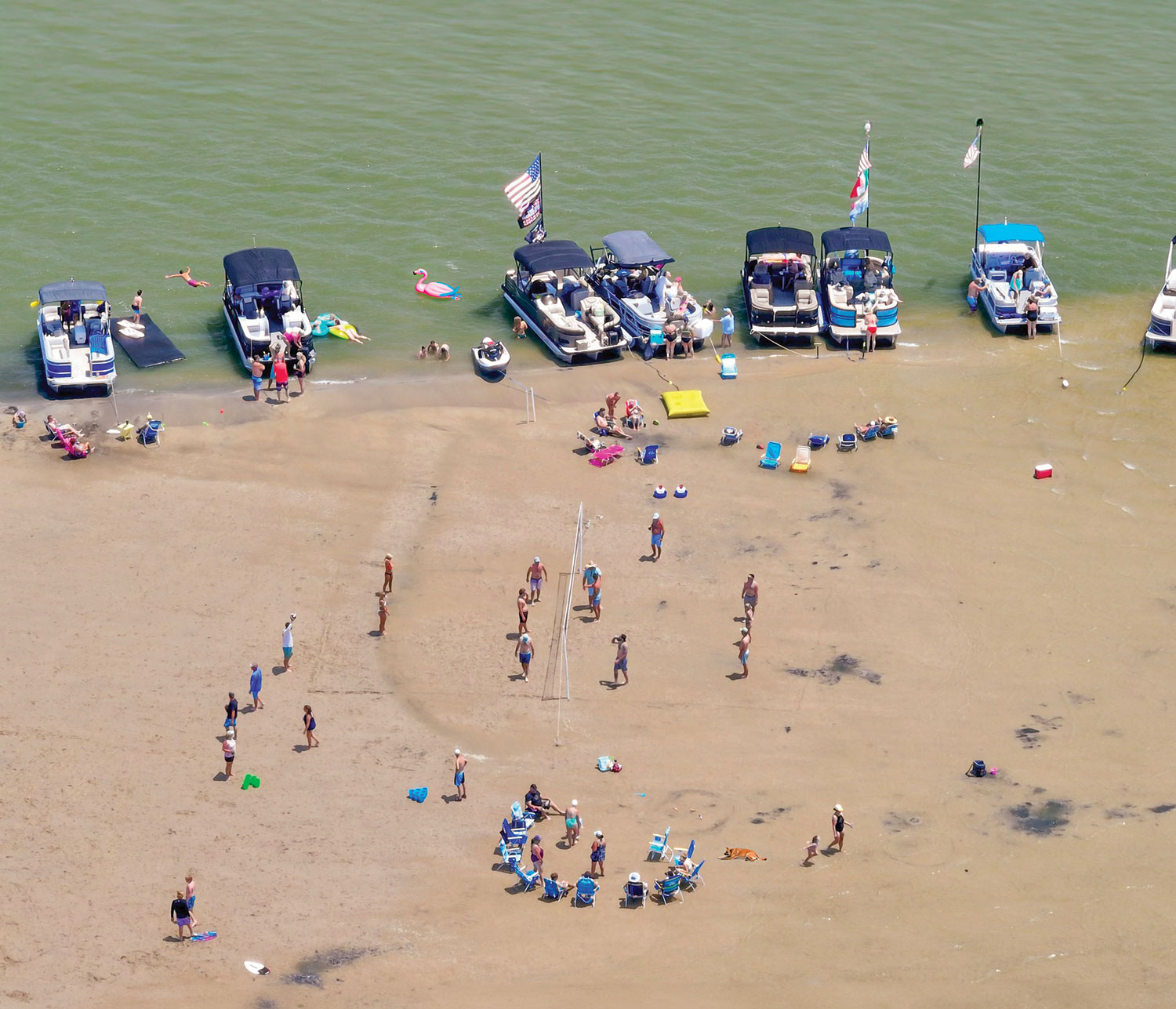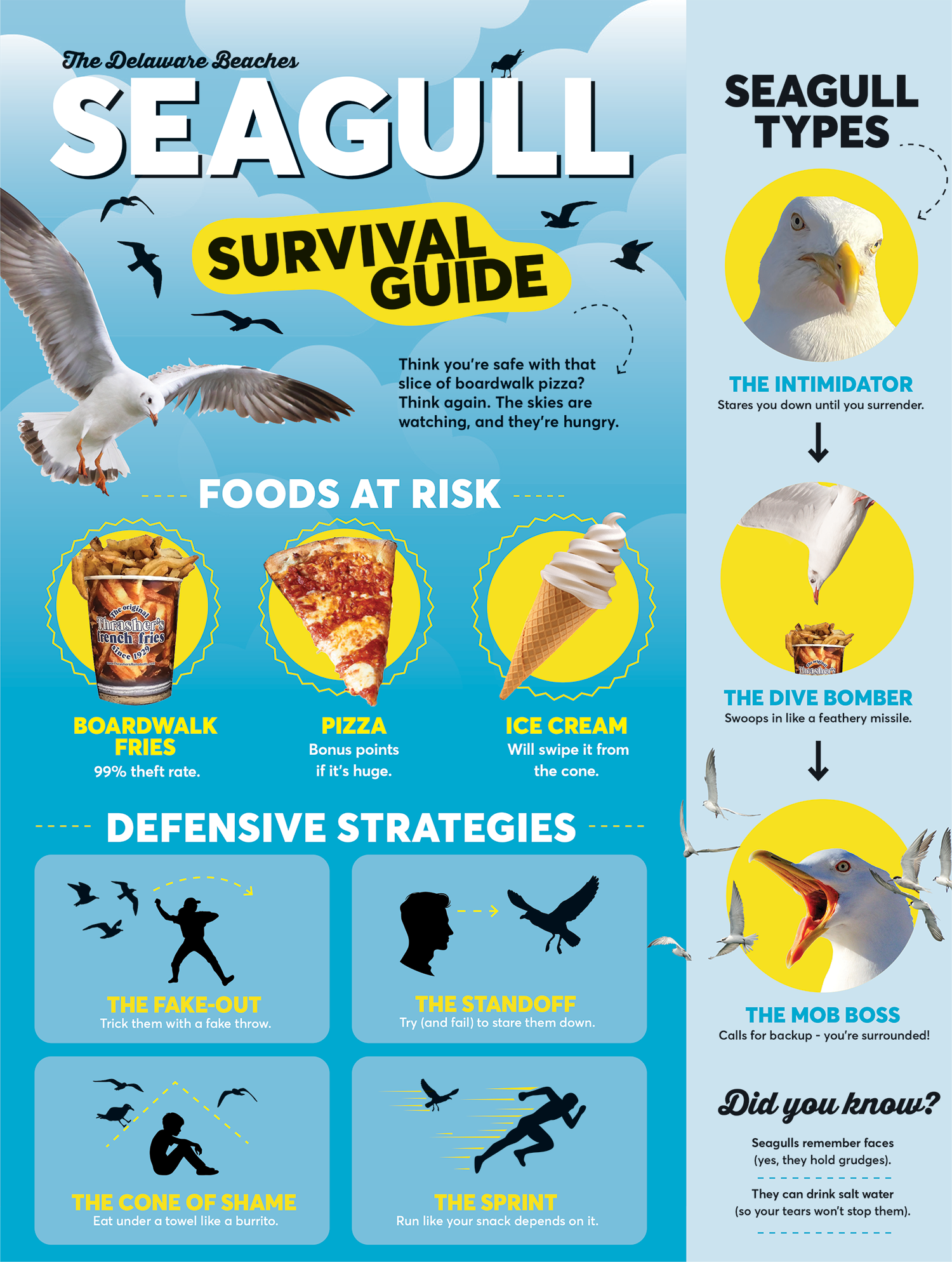Have you tried crabbing yet? Delaware allows recreational crab fishing in any state waters with a fishing license. Crabbers can set out two crab pots per person, or use traps, trot lines, or hand lines. Any sort of fish part can be used as bait, but Delawareans know that chicken necks are a particularly attractive bait!
A blue crab will shed its shell and form a new shell many times over as it grows in size. It is ok to harvest soft-shelled and hard-shelled crabs of legal size. Just be sure to release any immature crabs or females that have eggs.
Fun Fact: Blue crabs have the ability to regenerate lost limbs. If they lose a claw or leg, they can grow it back over several molting cycles.

Many bait shops sell crab pots. Ideally, the crab pot should have sturdy ropes that sink, a rectangular piece called a Turtle Excluder Device or Bycatch Reduction Device that prevents turtles from entering, and a white buoy marker. Owners are to mark their full name and address on the buoy or a waterproof tag. These procedures help ensure a healthy supply of blue crabs for generations to come.
Pro Tip: Tie a chicken neck to the end of a line, dip it into the water, and you will look like a local!
If fumbling with chicken necks or crab pots is not your thing, there are always mallets and mouthwatering steamed crabs waiting for you at one of our many fine restaurants!

Danielle is a certified climate change professional with Delaware Sea Grant (www.deseagrant.org). Delaware Sea Grant utilizes research, education, and extension work in support of resilient communities, economies, and coastal resources. Danielle provides technical assistance and outreach to communities on emergency preparedness and building resilience to weather and climate hazards. She is co-founder of the Resilient and Sustainable Communities League (RASCL – www.derascl.org) and loves hiking the Gordons Pond Trail in Cape Henlopen State Park.















